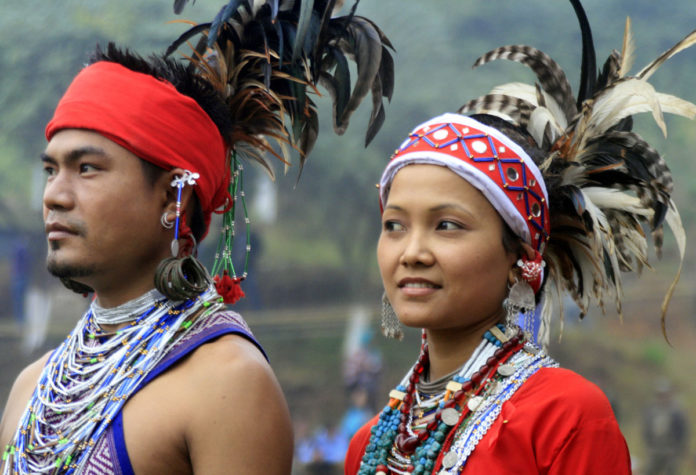
Report was submitted last month to the ministry of health and family welfare; committee was set up by UPA in 2013
Technology is a double-edged sword, it’s often said. The first ever report on the health of tribals in India that was submitted last week to the Union ministry of health, bears this out once more.
“At 990 per 1000 males, the sex ratio among STs is much better than the All India average of 933. It is also an improvement from 978 in 2001. Tribal population in states like Goa (1046), Kerala (1035), Arunachal Pradesh (1032), Odisha (1029), Meghalaya (1013) and Chhattisgarh (1020) show a positive sex ratio. However the child sex ratio among STs has declined from 972 in 2001 to 957 in 2011. While this is better than the All India average oif 914, it represents a worrying trend and can be attributed to greater dispersion of tribal communities and consequently increased access to ultrasound technology,” says the report of the committee headed by Dr Abhay Bang.
Madhya Pradesh has the most number of tribals – more than 15 million. Maharashtra has about 10 million tribals, Odisha and Rajasthan have 9 million each
The committee was set up in 2013 by the UPA government to evaluate the status of tribal health in parts of India with a substantial population of tribals. The report “Tribal health in India Bridging the Gap and a Roadmap for the Future” listed 10 health “challenges: for tribals.
These are
- Malaria control
- Reducing malnutrition
- Reducing child mortality
- Ensuring safe motherhood and the health of women
- Providing family planning services and care for infertility
- De-addiction and mental health care
- Sickle cell disease
- Animal bites
- Provdiing health literacy
- Health of children in ashramshalas
The report was submitted to the health ministry last month. At 14.7% of the total tribal population in the country, Madhya Pradesh has the most number of tribals – more than 15 million. Maharashtra has about 10 million tribals, Odisha and Rajasthan have 9 million each. However the concentration of tribals is the highest in the northeastern states – Mizoram (94.4%), Nagaland (86.5%), Meghalaya (86.1%) and Arunachal Pradesh (68.8%).
Apart from dr Bang, the members of the committee included additional secretary Manoj Jhalani, Yogesh Jain of Jan Swasthya Abhiyan Bilaspur, Prof H beck of the Tata Institute of Social Sciences and Dr Dileep Mavalankar, Indian Institute of Public Health, Gandhinagar. Another member, Dr Neeru Singh who was director of the National Institute of Tribal Health, died before the report could be prepared.












